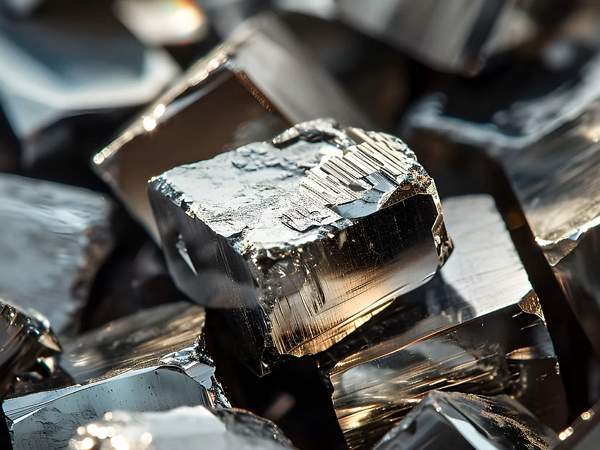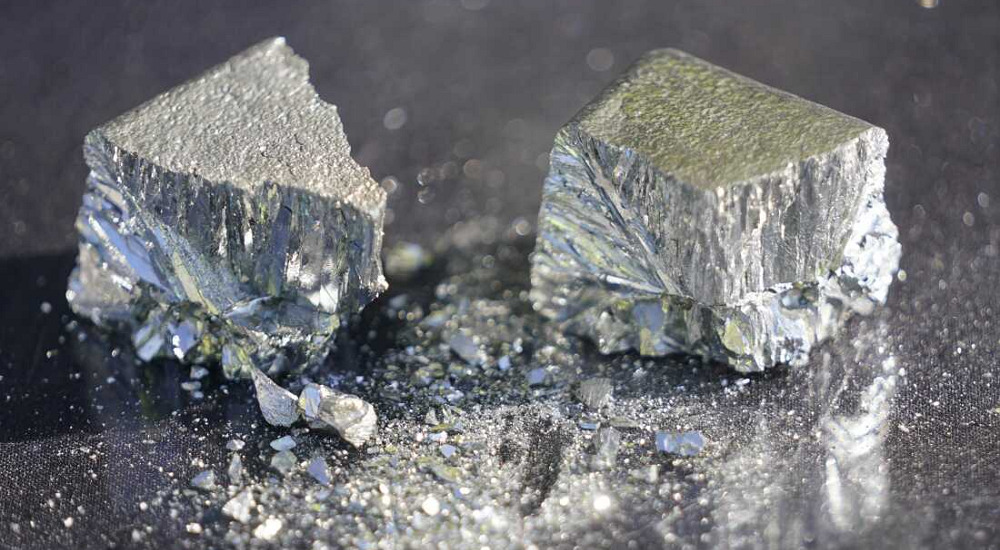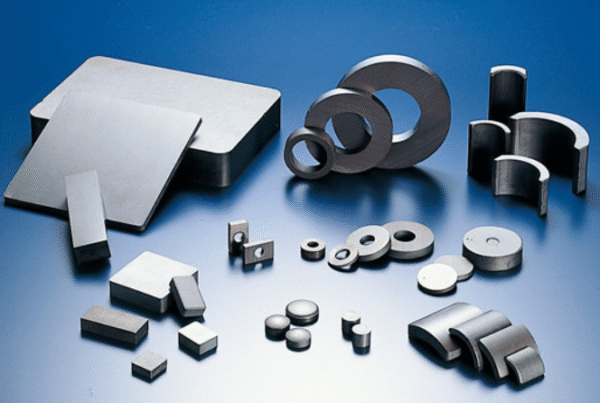反对新能源快速发展的背景, 电动汽车和风力发电, 永久磁铁的应用越来越广泛, 特别是高性能的NDFEB永久磁铁, 以及其核心材料的重要性, 稀土元素, 也有所增加. 但同时, 稀土价格的波动也经常引起市场的关注. 所以, 稀土价格的波动会影响永久磁铁行业? 本文将从多个角度探讨这个问题.
稀土和永久磁铁之间的关系
稀土元素,例如霓虹灯 (ND), 镝 (dy), 和Terbium (TB) 是高性能永久磁铁的关键原材料, 特别是在高温或高磁能产品的永久磁铁的制造过程中. 这些稀土材料起着不可替代的作用. NDFEB永久磁铁目前是最好的商业永久磁铁材料, 广泛用于电动机, 风力发电, 混合动力车, 消费电子和其他领域.
所以, 稀土价格的变化自然会对永久磁铁生产过程产生一定的影响, 但是影响程度通常受到多种因素的影响, 不能简单地归因于绝对判断,例如 “价格上涨, 该行业受到影响” 或者 “价格下降, 该行业很好”.
稀有地球价格波动的实际表现
最近几年, 稀土价格大大波动, 受供求的影响, 以及政策法规, 地缘政治和其他因素. 以下是从 2021 到 2024 (单元: 元/公斤):
| 年 | 钕 (ND) | 镝 (dy) | 铽 (TB) |
| 2021 | 650 | 2400 | 6000 |
| 2022 | 780 | 3100 | 7500 |
| 2023 | 710 | 2700 | 6700 |
| 2024 | 620 | 2500 | 6400 |
从上表可以看出, 虽然稀土价格波动, 它们通常在一个范围内波动, 显示典型的周期性 “崛起的重新降低”. 这种趋势表明,稀有地球价格并非不断飙升, 这也意味着永久磁铁制造商有机会通过原材料库存管理和过程优化减少波动的不利影响.
应对永久磁铁行业的策略
面对不稳定的原材料价格, 许多永久磁铁制造商逐渐显示出更强的应对能力. 例如:
- 采用资源替代或稀土储蓄技术: 通过微合同设计和优化的烧结过程,减少了高价稀土的使用,例如衰退和terbium;
- 建立长期供应合作关系: 例如JLMAG永久磁铁制造商, 通过与上游稀土供应商签署战略协议,以锁定一部分采购成本;
- 增加产品附加值: 转换为高性能磁铁或系统级别的应用,以减少单个原材料成本波动对利润的影响.
这些策略表明,尽管稀有的地球价格波动会对永久磁铁行业产生一定的影响, 企业可以通过技术创新和供应链优化有效地减轻甚至部分消除这种影响.
市场前景和长期趋势
从长远来看, 永久磁铁行业仍然具有广泛的发展前景, 特别是在新能量车的领域, 机器人, 铁路运输, 智能制造和其他领域. 持续增长将继续推动对磁性材料的需求.
在这种背景下, JLMAG永久磁铁制造商等行业代表公司继续增加其R&d投资以促进低重的稀土含量和高性能永久磁铁的大规模生产, 从而进一步增强了行业抵抗风险的能力.
此外, 加强稀土回收技术将在一定程度上减轻稀土原材料的供应与需求之间的矛盾,并进一步稳定价格波动.
总之, 稀土价格的波动确实会给永久磁铁制造业带来一定的成本压力, 特别是在短期急剧价格上涨的阶段. 然而, 影响的深度应与公司自己的技术水平等因素进行全面判断, 供应链稳定和市场结构. 诸如具有稳定供应能力和技术创新能力的JLMAG永久磁铁制造商之类的公司通常可以使他们的脚步保持价格波动, 甚至利用这种情况来优化产品结构并实现更高质量的开发.
所以, 尽管稀土价格的波动是无法忽略的变量, 对于永久磁铁行业, 这既是挑战,也是促进工业升级的机会.






